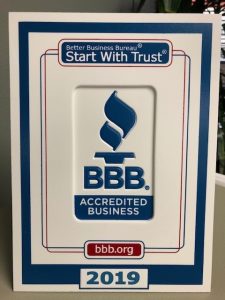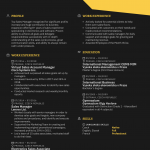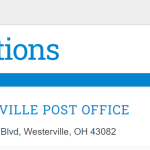A Professional-Grade Business Plan
A Professional-Grade Business Plan has several key components. It should be structured according to the business plan format and have Chapters. It should also contain relevant information that supports the business plan. For example, it should contain an overview of the products and services offered by the business. The remaining information can be included within the business plan.
Chapters of a professional-grade business plan
The chapters of a professional-grade business plan should contain the following information: company overview, management team, marketing strategy, and financial statements. Detailed findings from studies should be placed in the appendix. The plan should also include an overview of the company’s organizational structure, including its owners, board of directors, and management team. In addition, it should outline the goals of the business.
The financial section of a business plan gives investors and lenders an overall picture of the company’s performance over the past several years. Financial data is particularly important for established companies, as banks and venture capitalists often require three or five years of information. This information should include income statements, cash flow statements, and balance sheets. It may also include documentation of any debt obligations.
The executive summary section of a business plan should include a short description of the business and its customers. Next, it should include a market analysis and sales forecast. Then, in the marketing and operations paragraphs, describe how the business will market itself and gain a competitive advantage. Finally, in the management section, demonstrate how the management team will manage the business and staff it.
Contents of each chapter
The background information for each chapter of your business plan should be researched. This information should include the current state of your industry and what the future looks like for your business. It should be gathered from a variety of sources in order to avoid bias and take into account all aspects of the industry. It should also address any questions or concerns you have regarding the viability of your business.
The financial planning section should include detailed financial information for the business. The information may also include targets for the company’s first few years. It should also include descriptions of potential investors and the expected expenses of establishing the business. The best business plans will also contain a budget, which should cover the costs of manufacturing, staffing, and marketing.
The marketing strategy section of a business plan should include the company’s current customer base and distribution channels. It should also include an outline of advertising and marketing campaigns. Finally, the company’s mission statement should be included. The business plan should be able to answer two fundamental questions: why are you in business and what are you planning to do? It should explain how your business is different from competitors. If you are a clean makeup brand, for example, you’ll need to explain why your product is better than others.
Format
When it comes to creating a business plan, there are two main formats that you can use. The traditional format is best for people who like to create detailed, comprehensive plans. This format is also best for companies that are planning to get traditional financing from banks and other institutions. However, you do not have to follow this specific format; you can just include sections that make sense for your company. The basic sections of a business plan should include a mission statement, product or service description, basic company information, and high-level growth plans.
Another important section of your business plan is the management team. This section should include key decision-makers and the product experts. It should also include a chart that shows the reporting structure of the management team. Providing a look into their backgrounds and expertise will help stakeholders gain more confidence in your business.
Before you write your business plan, decide who will be reading it. This will help you tailor your language and the level of detail to their needs. It will also help you prioritize important information and eliminate unnecessary sections. For example, if you are writing a business plan for the purpose of receiving funding, your document will be more detailed than a plan for a team member.
Next, the management section of your business plan should outline the key organizational and management strategies for the company. It should also introduce the leadership of your company, outline its goals, and define the company’s legal structure. In addition to this, the management section should outline the products and services your company will provide. It should also describe the company’s competitive advantage.
Contents of each section
A professional-grade business plan contains many different sections. The body of each section presents the information supporting the assumptions in the business plan. The appendix contains more financial data. However, some business owners want to restrict access to the appendix because it contains confidential information such as tax returns or credit histories. It may also include supporting reports and photographs.
The financial section of a business plan is very important, as it provides a picture of the company’s past performance. The financial data should be comprehensive and accurate. For example, if the company is already established, it is important to include financial information for the previous three years. The financial data should also include the company’s projected revenue and expenses.
The team section of a business plan focuses on the management and ownership team. This section is important for both internal and external audiences, and the length of this section depends on the size of the business. For example, a sole proprietor’s business plan will be much shorter than that of a corporation’s. The latter will typically include a board of directors, multiple locations, and several management teams.
Contents of each section of a professional grade business plan should include a detailed description of the company and its products or services. It should also outline its target market and its competition. It should also include any trademarks or copyrights that are associated with the business.
Identifying errors in a business plan
While a business plan needs to be well-written, it can be easy to overlook mistakes. The key to making your business plan stand out from the crowd is to pay attention to specific details. Investors look for clues about the underlying business as they browse through business plans. When they see errors, they may begin to wonder what the business is about, and move on to the next one.
Many business plans state their company’s value. This can cause problems because value is determined by the market, or by what others are willing to pay for the company. Often, people don’t have an accurate understanding of what a company’s worth is, so naming an exact price can lead them to throw out the plan or take advantage of it.















